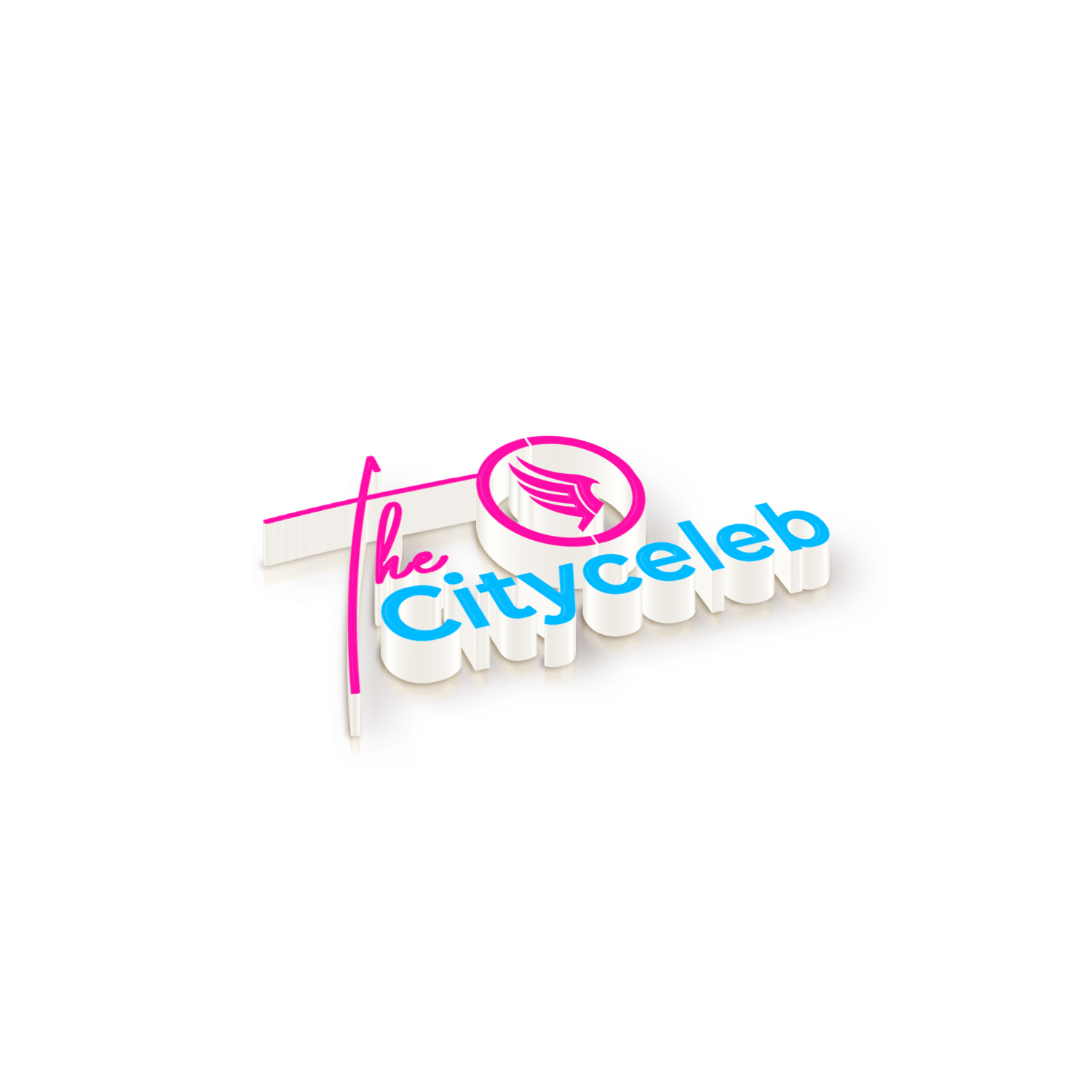
What Does the Blue Face Emoji Really Mean?
The blue face emoji, often called the “cold face” emoji, has evolved from representing physical coldness to a versatile symbol in digital communication. While it commonly depicts chilly weather, its meaning has expanded.
In slang, “cold” can signify something impressive or skilful, so the emoji is now used to compliment someone’s talent or style. It also conveys shock or surprise, as if “frozen” by an unexpected event. The blue colour’s association with calmness and professionalism has also led to its use in representing emotional detachment or composure.
Trending Now!!:

On social media platforms, it’s applied in literal and metaphorical contexts, from cold weather to impressive performances or reactions. The emoji’s design—a blue face with a neutral or slightly distressed expression—captures the concept of cold but has taken on new interpretations through internet culture and social media.
The Basic Interpretation
At its core, the blue face emoji represents feeling cold, which might be due to actual low temperatures or could symbolize a metaphorical chill. This could be interpreted as being cool, collected, or even feeling emotionally distant or numb.
Beyond Temperature

- Symbol of Coolness: In modern slang, something that’s “cold” can be really impressive or skilful. Thus, the blue face emoji might be used to compliment someone’s skills or style, suggesting they’re ‘cool’ or ‘cold’ in a very positive sense.
- Reaction to Shock or Surprise: This emoji has been used to depict shock or surprise in memes and reaction images, especially when paired with scenarios or statements that are unexpected or particularly notable.
- Expression of Calmness or Zen: Given blue’s association with tranquillity and professionalism, the blue face could also represent a state of peace, stability, or even a professional demeanour where one remains composed.
Cultural and Contextual Uses
- Digital Communication: On platforms, the blue face emoji might be used in various contexts, from literal (“It’s freezing outside! “) to figurative (“His performance was cold, he nailed it!“).
- Meme Culture: The ‘Blue Emoji’ meme, for instance, showcases this emoji in scenarios where it’s used to react to content that’s either shockingly cold (temperature-wise) or metaphorically ‘cold’ in terms of being impressive or unexpected.
- Personal Expression: On an individual level, someone might use this emoji to express they’re feeling under the weather, emotionally distant, or simply in a state of relaxation that borders on indifference.
Why Blue?

The choice of blue for this emoji isn’t arbitrary. Blue is universally recognized for symbolizing trust, loyalty, wisdom, confidence, and intelligence. However, it can also denote sadness (“feeling blue”) or tranquillity, making it a fitting colour for an emoji that bridges physical coldness with emotional states.
Conclusion
While straightforward in its primary meaning, the blue face emoji has evolved into a symbol with multifaceted connotations in digital communication. It’s not just about physical temperature anymore but encompasses a range of emotional and situational expressions.
Whether it’s to signify literal cold, a cool demeanour, shock, or even a moment of zen, this emoji has found its place in the expansive lexicon of digital emotive expression, making it a versatile tool for anyone looking to convey more than words alone can express.
